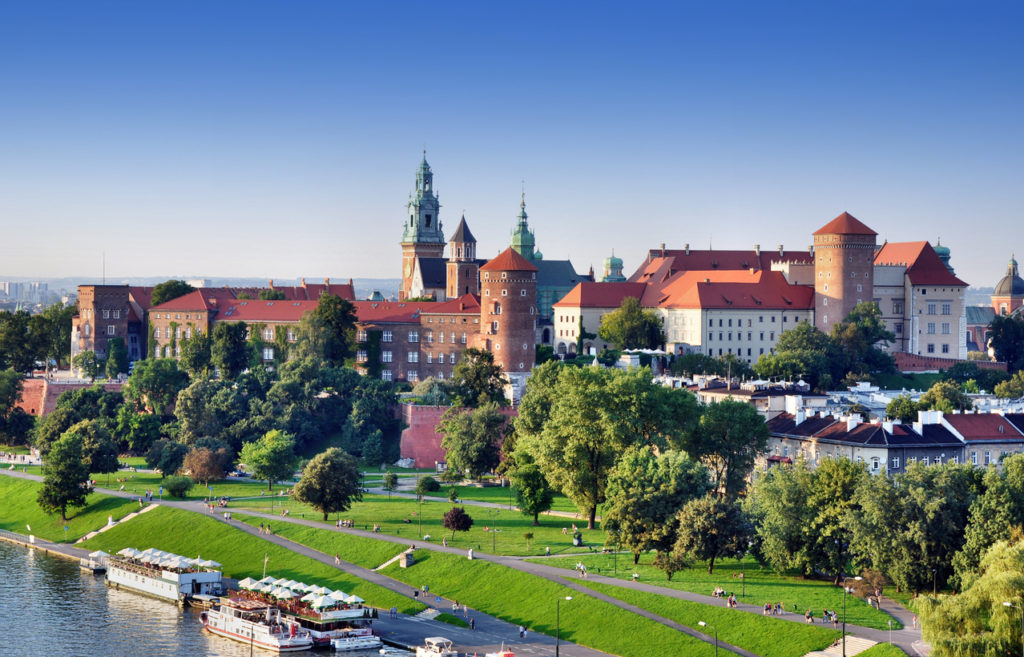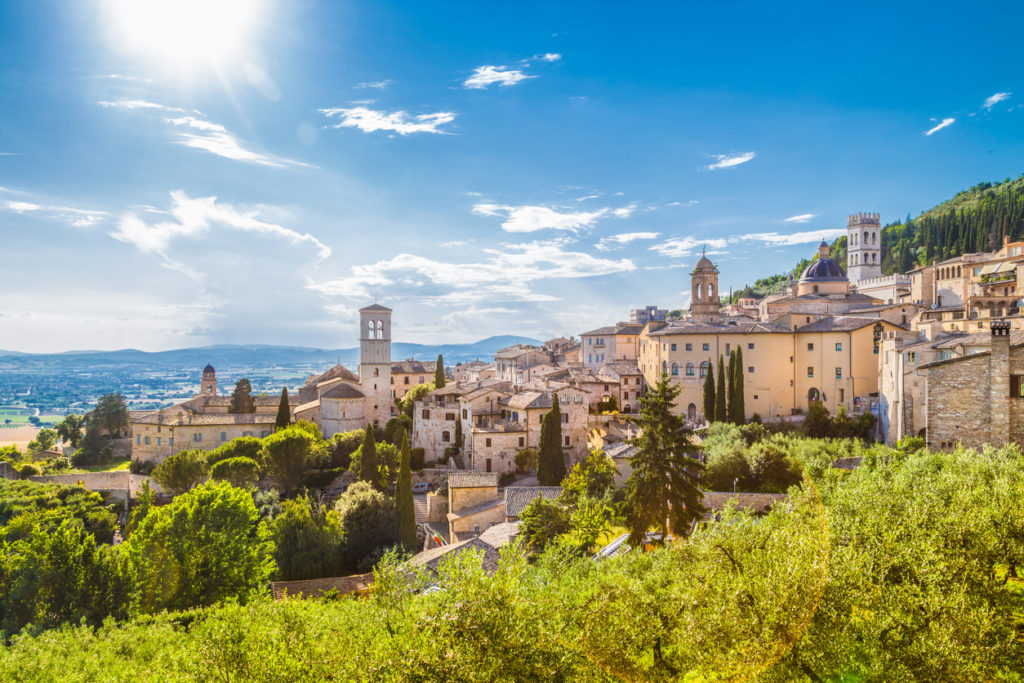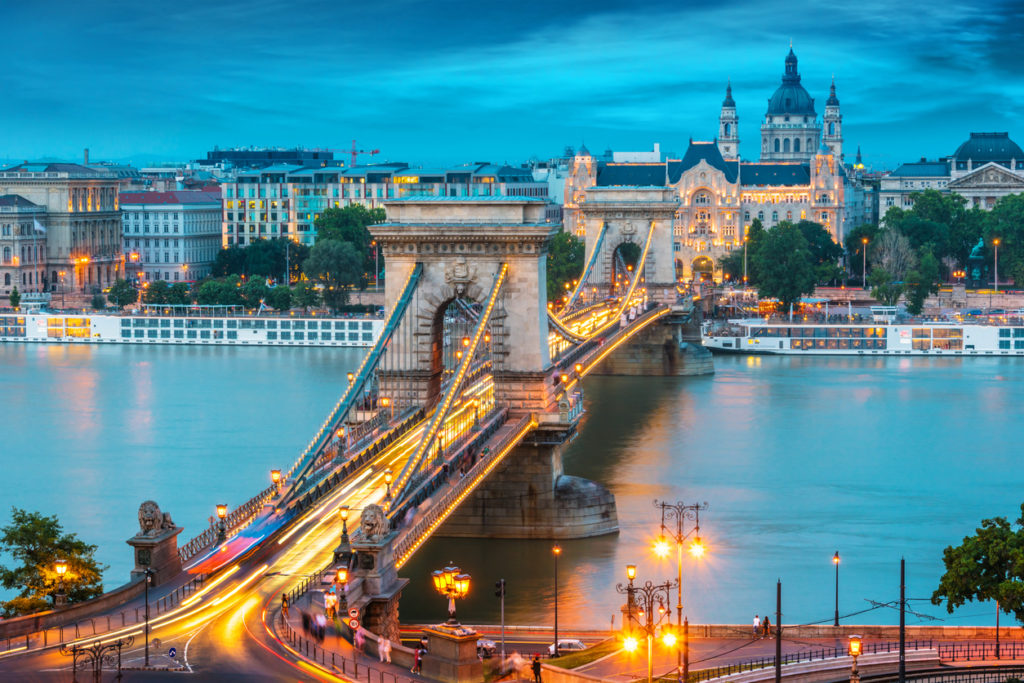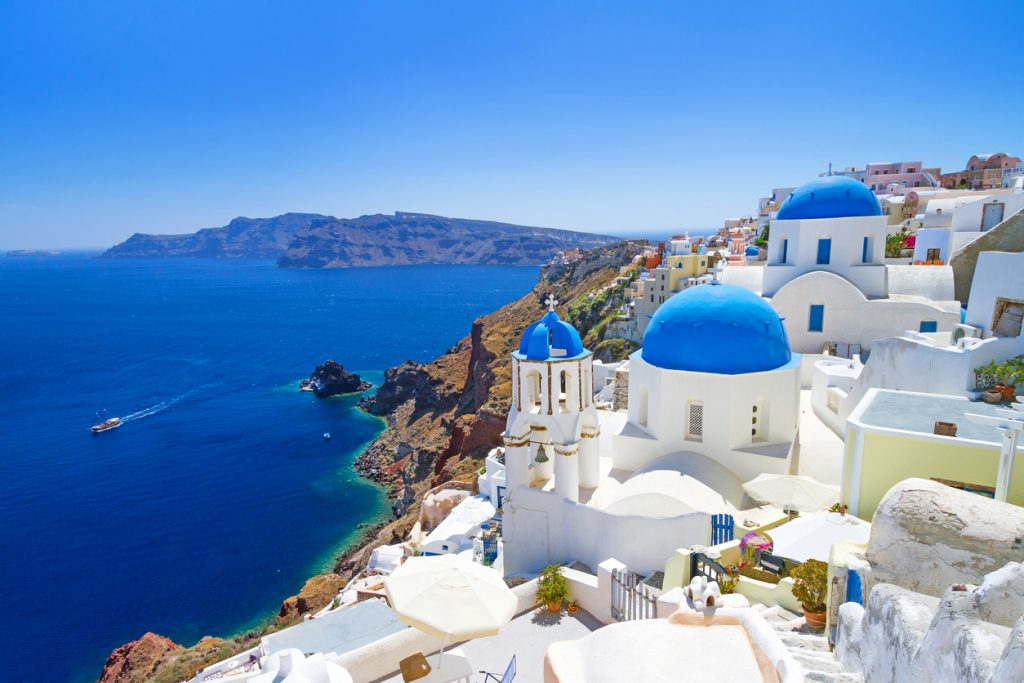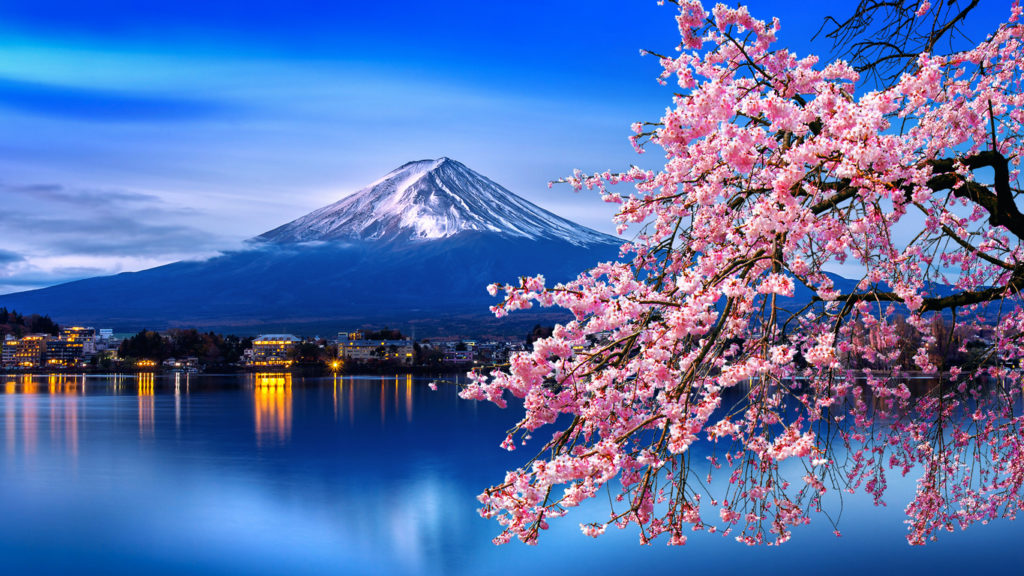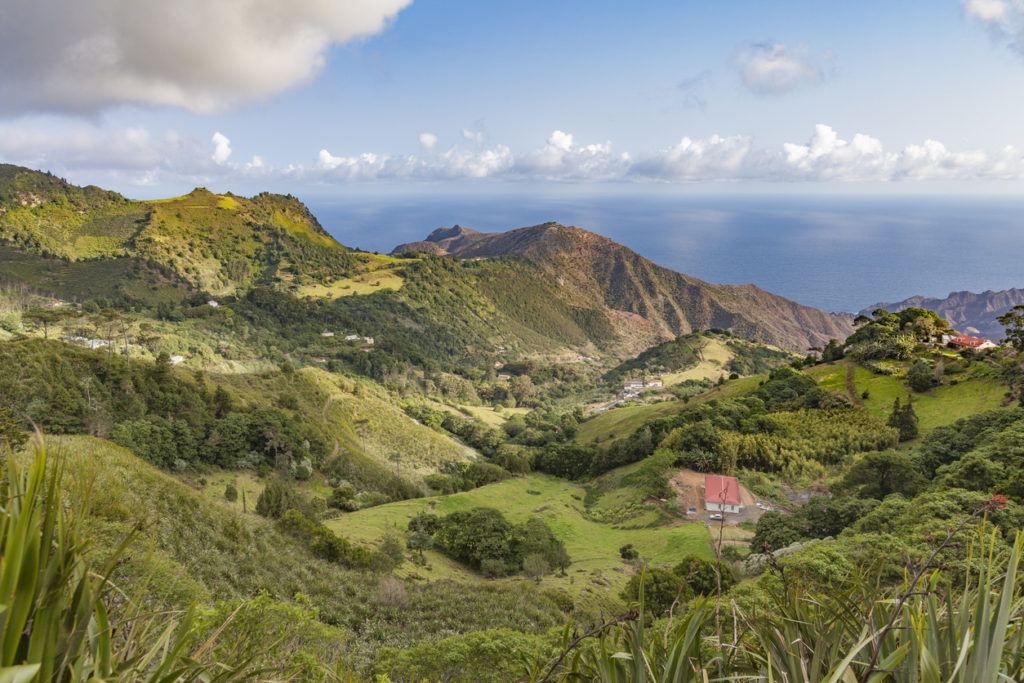
The Atlantic Isle of St Helena is notoriously known as Napoleon’s exile place. While a definite must-see for history aficionados, the island’s lushness and spectacular volcanic scenery coastline make for good enough reasons for island lovers to step on its sand and smell the exotic flowers.
St Helena is part of a British Overseas territory and can be reached from Johannesburg. It may not be longer than ten miles, but what a lovely ten miles they are. With a green hilly interior and a flawless coast, St Helena is a lovely destination to exile yourself from everyday life and press pause on your busy schedule.
Immerse into the depths of the island’s lushness
St Helena is a chameleonic island that changes scenery at every corner. If one moment you’re taking long walks along the rugged coastline, the next you can find yourself driving on winding roads that remind you of the beautiful English countryside. You’ll find walks for every level of intensity and interest, but if you are a daring traveler, there is no greater challenge on the island of St Helena than Diana’s Peak. Standing proud 823 meters above sea level, the peak is adorned with reasonable boardwalks that lead to fantastic views of the island. The hike stretches across 3.8 km and will reveal the splendor of over 60 endemic species of flora and invertebrates along the way. If you know that your boots were made for walking and yearn for more, you can also climb atop Mount Actaeon and Cuckold’s Point. Just make sure you stop from time to time to take in the views.
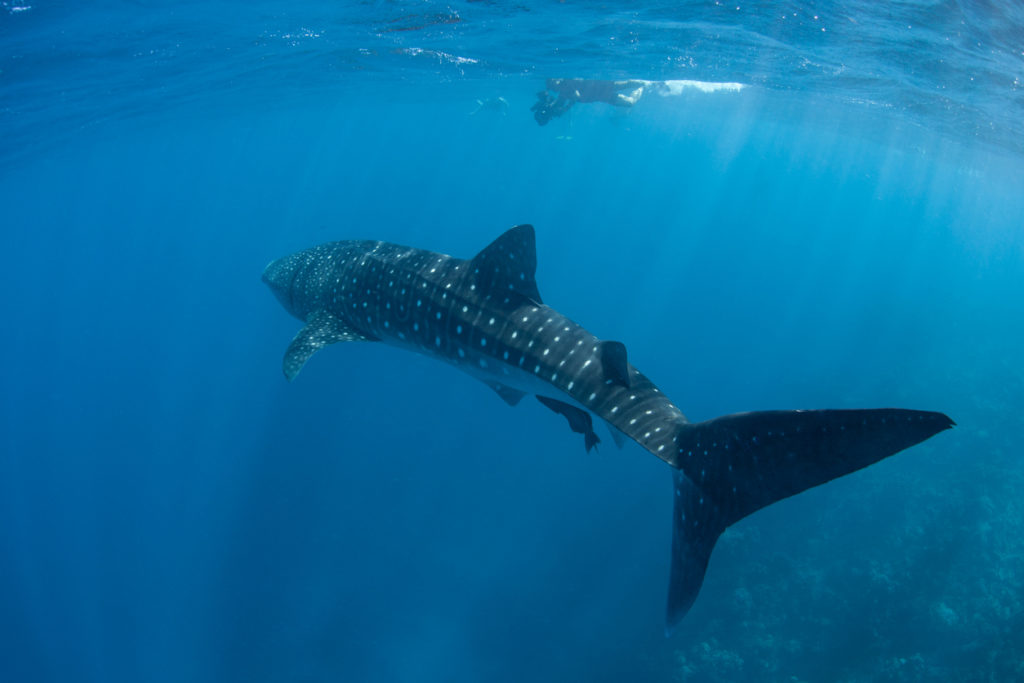
Swim with giant marine creatures
St Helena has a rich history of shipwrecks that found their resting place along its shore. Snorkeling and diving are rewarding experiences on the island, especially if you have nothing against swimming shoulder to shoulder with whale sharks and other marine creatures. A whale shark safari is always an option between November and March if you want to make sure you will get to spot these giants of the ocean and learn more about their lives. The best part of your safari is that you won’t have to put up with crowds of nagging tourists because trips are scheduled to reduce any negative impact to a minimum and protect the environment.
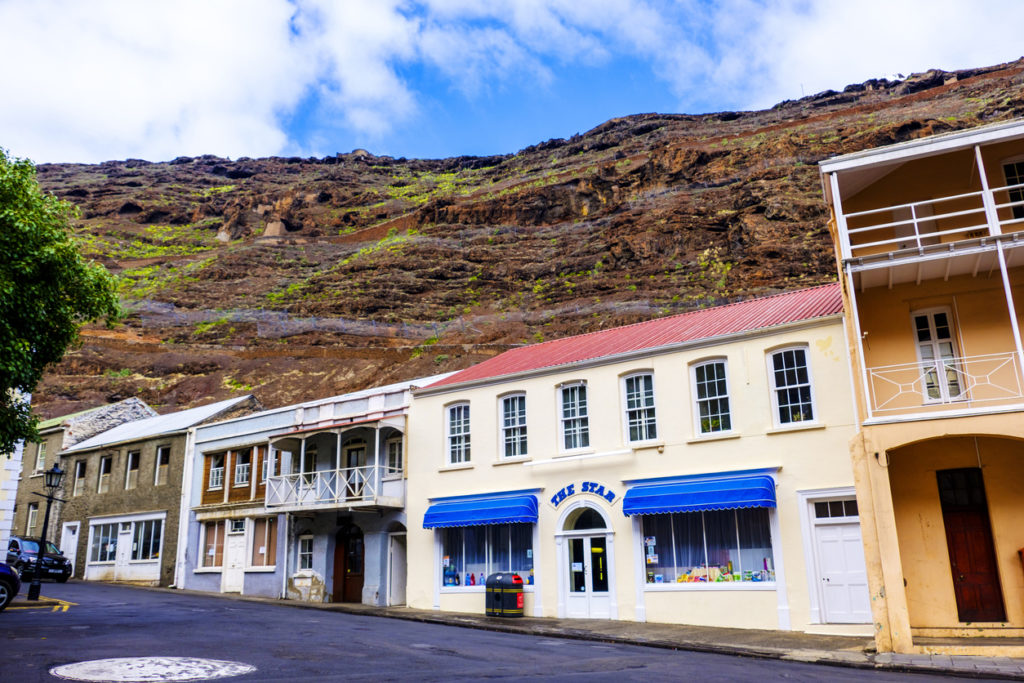
Stroll the streets of the Georgian Jamestown
The island’s capital, Jamestown can be easily considered the only town on the island according to the modern definition of the concept. Founded in 1659 by the English East India Company and named after James II, the Duke of York at the time, Jamestown is the perfect place to feel the island’s pulse and readjust your rhythm to the pace of the locals. A walk along Main Street will reveal beautiful examples of Georgian architecture and create the illusion of an open-air museum that tells long-forgotten stories. The town houses the oldest Anglican church in the southern hemisphere, St James’s Church, which dates back to 1774, and is happy to share with you tales of Napoleon’s arrival on St Helena.
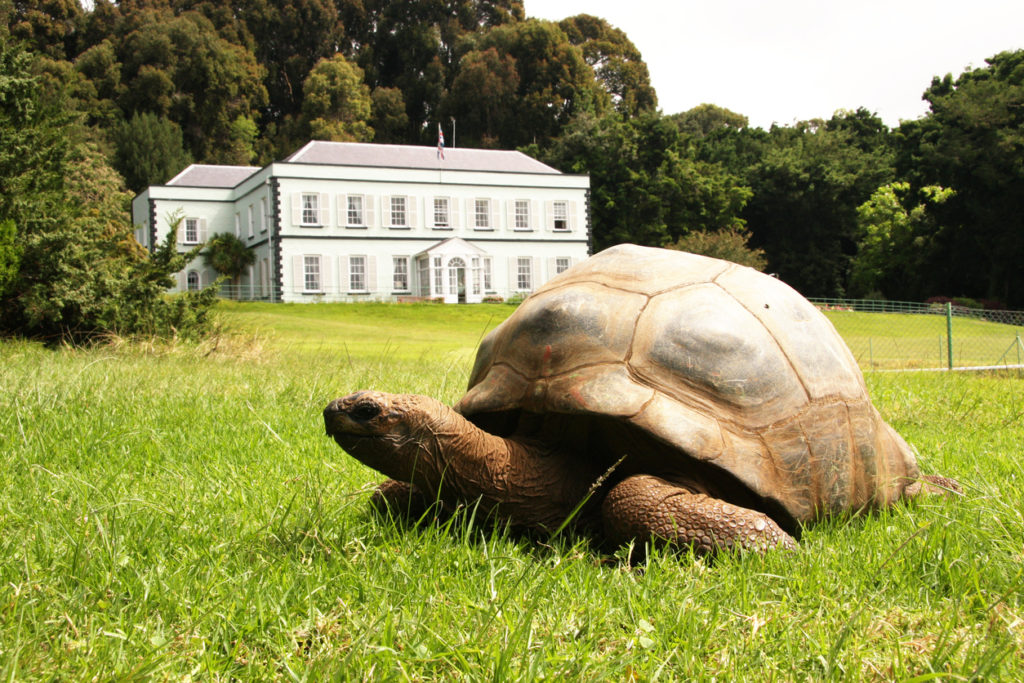
Visit a plantation house and the world’s most remote distillery
The first Bourbon Arabica coffee seeds arrived in St Helena in 1733. The East India Company brought them here from Yemen. And the rest is history! St Helena became a premium coffee producer and is currently producing one of the most praised coffees in the world. Visit a plantation house to understand the process behind their awarded coffee and don’t ever refuse a cuppa if offered one. Bring a bag home! St Helena Distillery is not as old as the coffee plantations on the island, but it sure is the most remote in the world. Established in 2006 by Welsh distiller Paul Hickling, the distillery is known and cherished for its White Lion spiced rum. However, if you like your spirits, you should also try the Jamestown Gin made from the Bermuda juniper, Midnight Mist coffee liqueur, and Tungi, a perfumed spirit made from wild prickly pears.
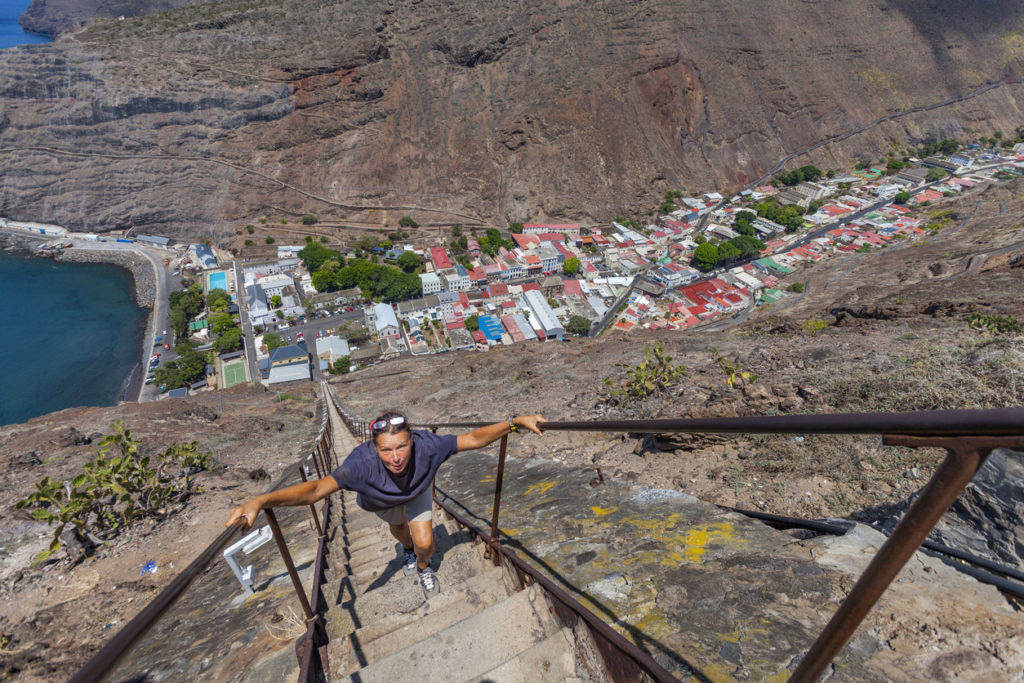
Learn some history
Learning something new has never hurt anyone, so if you can find the strength to step away from the greenery and coast, you can spend a few hours learning about the island’s past. The Museum of St Helena is the best place to start your learning journey, as it holds the secrets of Portuguese vessels that landed on the island in the 1500s and tells tales of shipwrecks, royal visits, the Boer War, and even about a termite invasion. If you’re a fan of Napoleon, stop at the Briars, a small pavilion that housed the island’s most famous resident for a few weeks after his arrival, and then head to Longwood House, where Napoleon kept busy in the years to come.

